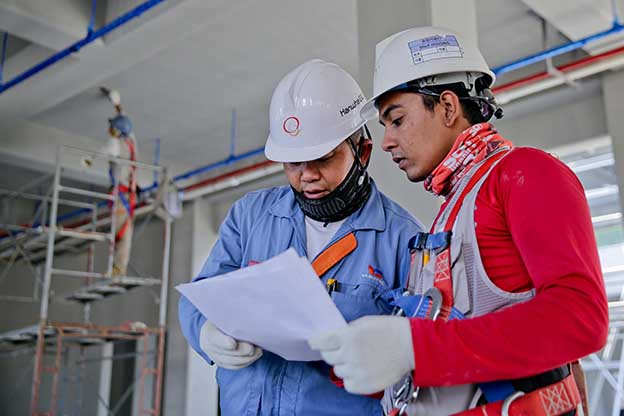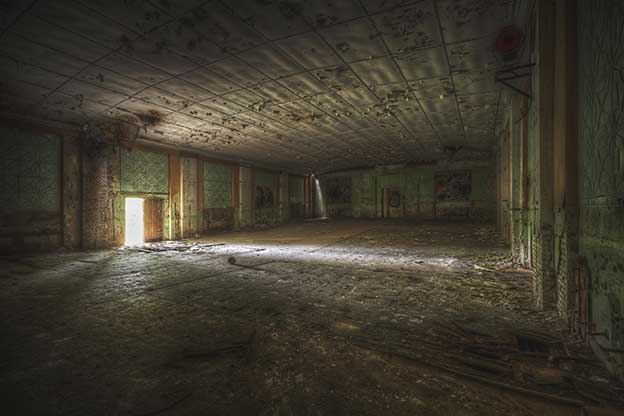Emergency Response: What to Do When a Tree Limb Damages Your Home
Windy climate, stormy weather, or an aging tree can sometimes cause a tree limb to fall onto your property and damage your home. This is a rare and unexpected situation that requires an emergency response. So what can you do when a tree limb damages your home? Start by assessing the situation, ensuring personal safety, analyzing the damage, taking photos and windows, contacting your insurance company, and scheduling necessary repairs.
This guide covers the steps you should take immediately following the damage, how to assess the situation safely, and what you can do to protect your property and yourself.
1. Ensure Personal Safety First
The most important part of responding to an emergency is to ensure personal safety first. Make sure the fallen limb has not caused any immediate hazards such as exposed wires, broken gas lines, or unsafe structures. If there’s a risk of electrical hazards—such as a limb that has come into contact with power lines—stay clear and call emergency services or the utility company immediately.
If the fallen tree limb has caused significant damage to the roof or walls of the building, it may be the best option to evacuate the property immediately and stay clear of the premises until a professional has assessed the situation.
2. Document the Damage
After you’ve ensured everyone’s safety, take photos and videos of the damage to present documented evidence to the insurance company. Capture images from various angles, including close-ups of any structural harm, broken windows, damaged roofing, and interior impact if applicable.
Don’t forget to make a written list of damages as well, so you don’t miss anything when handling the maintenance issues. Include broken furniture and belongings caused by the fallen tree limb on the list. A written list will also help expedite the insurance claims process.
3. Contact Your Insurance Company
A tree limb damaging your property is a very serious issue that should be taken care of by insurance. After documenting the property damage contact your insurance company. Most insurance policies cover tree damage to the home, particularly where it results from natural events such as storms. So, have your documentation ready just in case because you might have to show someone photos, videos, and a description of the damages.
Your insurance company tells you how to file the claim, the next steps, and whether they will be coming themselves to analyze the damage. Also, be sure to ask if they have preferred contractors or emergency services for situations like this, so be sure to ask.
4. Remove Debris Safely
Removing a large tree limb yourself can be very dangerous, therefore it is important to have a professional take care of it. On the other hand, if the tree limb that fell onto your property is small and can be removed safely without causing injuries, you can consider doing it yourself.
If the limb is too large or precariously positioned, hire a certified tree removal service. A professional tree removal company has the equipment and expertise to safely remove the limb without causing further damage to your home or landscape.
5. Schedule Necessary Repairs
After the tree limb and debris have been cleared, contract with contractors to assess and repair any damage to your structure. First, get multiple quotes, and consider contractors recommended by your insurance company if possible.
Roofing and walls should be inspected thoroughly to assess the damages. Roofers and general contractors can make sure all areas are repaired to the building codes and prevent any future problems – like leaking or weakened structures.
You’ll need to repair windows, drywall, or interior structures if they’re damaged. Exposure prone to water damage can rapidly escalate out of control resulting in mold growth and structural problems if left untreated.
Final Thoughts
Responding quickly and safely to a fallen tree limb on your property can reduce further damage and streamline the recovery process. By prioritizing safety, documenting the incident thoroughly, and following up with your insurance company and professionals, you’ll be on your way to restoring your home. Proactive measures, like regular tree trimming and inspections, can go a long way in minimizing the chances of similar damage in the future, helping keep your home and family safe.
‹ Back








